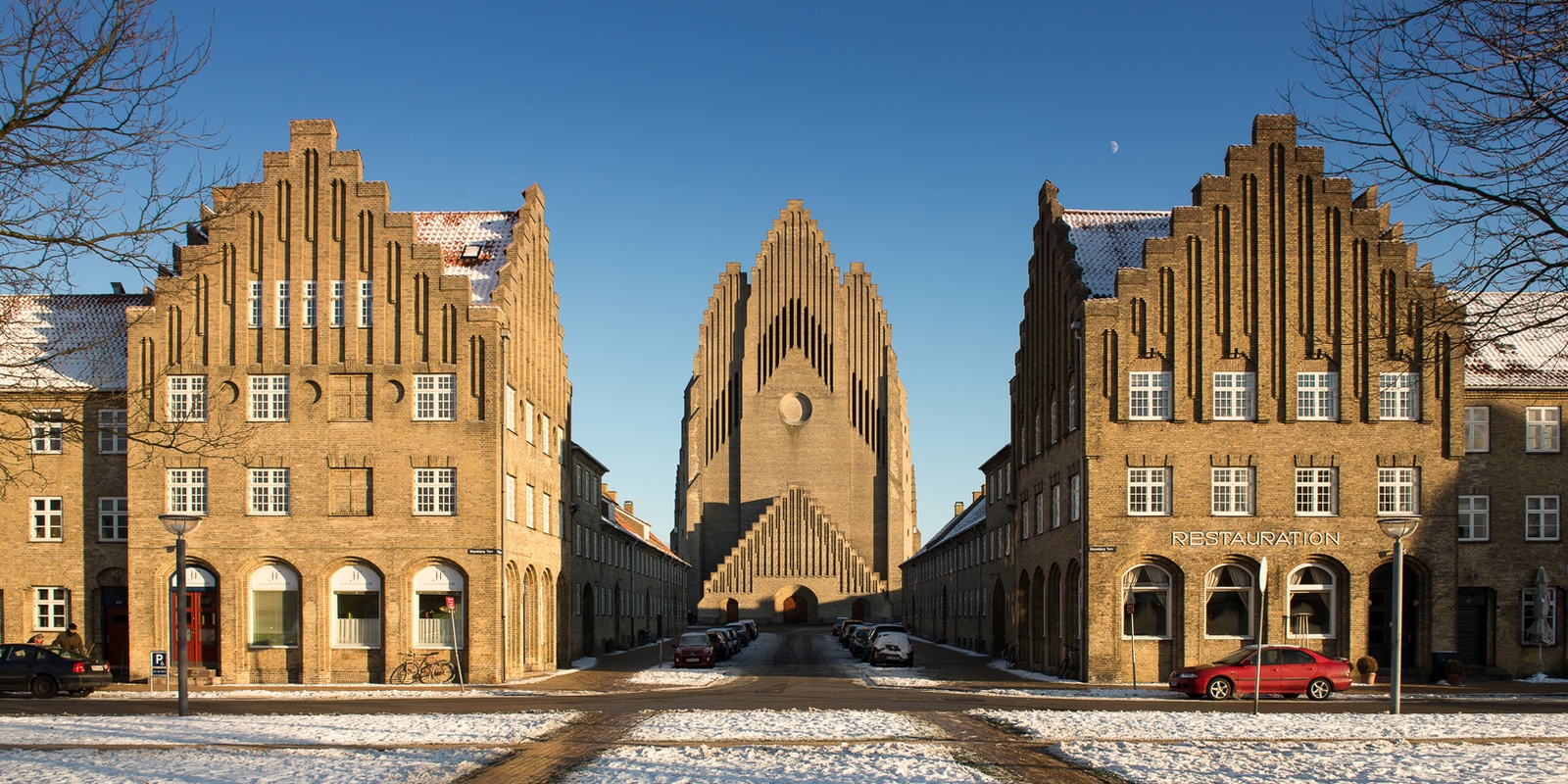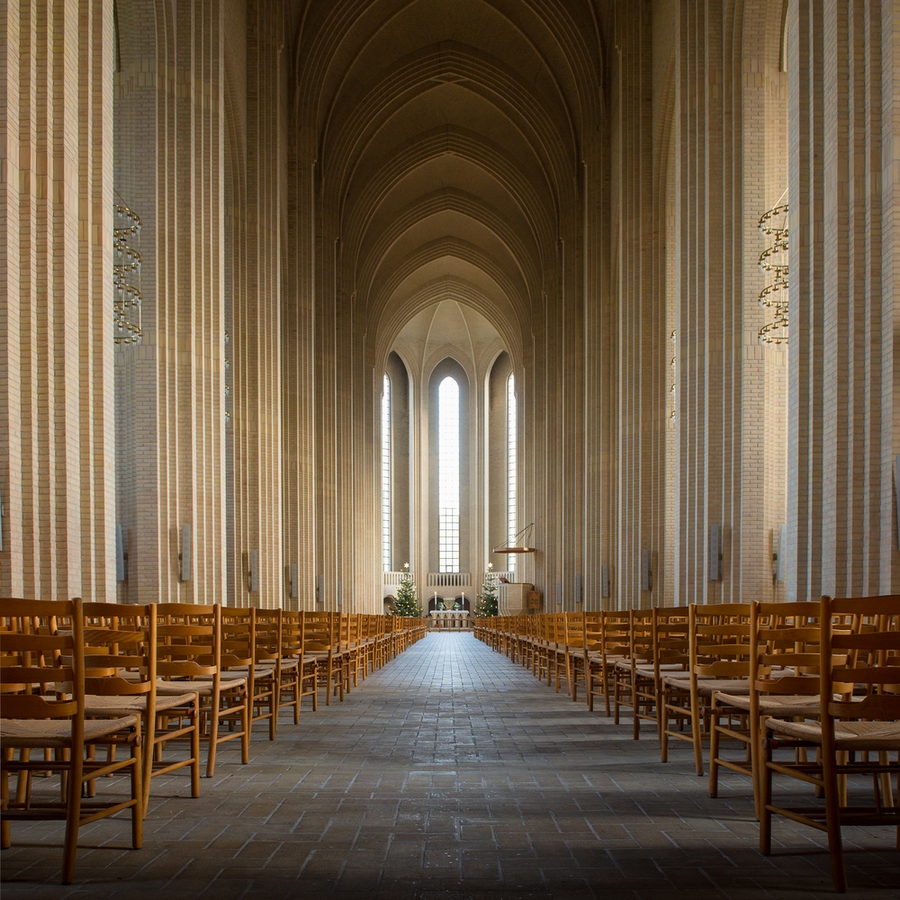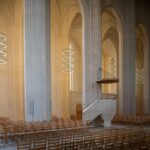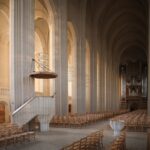Unraveling the Mysteries of Angkor Wat

Angkor Wat stands as a testament to the architectural prowess and cultural significance of the Khmer civilization in Cambodia. Erected in the 12th century, it remains shrouded in mystery despite centuries of study and reverence. Let’s delve into the rich history and symbolism of this iconic temple complex.
The Enigmatic Origins
Constructed under the reign of King Suryavarman II, Angkor Wat was envisioned as a grand homage to the Hindu god Vishnu. Yet, its original name and precise function remain elusive, leaving scholars intrigued by its enigmatic past. The absence of direct references in historical records adds to the mystique surrounding its inception.

Architectural Marvels and Spiritual Evolution
Angkor Wat’s architectural layout is a marvel in itself. Spread over a vast area, it features intricate bas-relief sculptures that adorn its sandstone structures, showcasing the pinnacle of Khmer artistry. Initially dedicated to Vishnu, the temple later underwent a transformation into a Buddhist sanctuary, reflecting the evolution of religious beliefs in the region.
Uniting Tradition and Innovation
King Suryavarman II’s ascension to the throne marked a period of relative stability amidst the turbulent politics of the Khmer empire. His initiative in constructing Angkor Wat not only solidified his reign but also symbolized a fusion of traditional Khmer temple architecture with innovative design elements. Though the identities of the architects remain lost to history, it’s believed that Suryavarman’s spiritual advisor played a pivotal role in shaping the temple’s vision.

Symbolism in Stone
Angkor Wat’s architectural layout mirrors Hindu cosmology, with its moat symbolizing the mythical oceans and its concentric galleries representing mountain ranges. The journey through the temple complex, akin to ascending a sacred mountain, immerses visitors in a symbolic pilgrimage. Bas-relief sculptures, depicting Hindu epics and celestial dancers, further enrich the spiritual experience.
Cultural Resilience and Conservation
Despite political upheavals and periods of neglect, Angkor Wat endured as a place of worship and cultural significance. The conversion to Buddhism under King Jayavarman VII marked a new chapter in its history, highlighting the resilience of Khmer culture amidst changing tides. Western interest, sparked by Henri Mouhot’s writings, led to conservation efforts that continue to this day, ensuring that Angkor Wat remains a timeless treasure for humanity.
In conclusion, Angkor Wat stands not only as a testament to Khmer ingenuity but also as a symbol of cultural resilience and spiritual transcendence. Its mysteries continue to captivate the world, inviting us to unravel the secrets hidden within its ancient walls.































